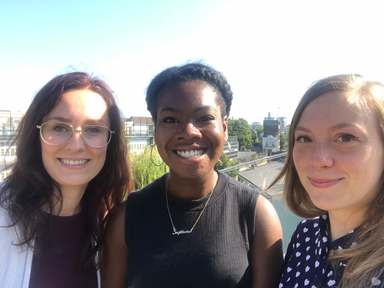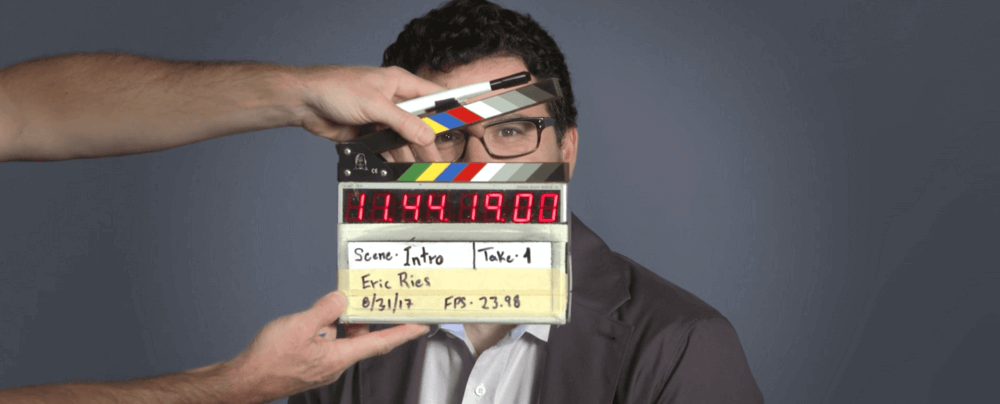Pushing my limits as a developer
At the end of the summer, I completed a ten-week internship at Made by Many. Before this I had mainly worked on my own side projects, either on my own or with other developers, and I found that working in a multidisciplinary team really allowed me to push my limits as a developer.

I worked in a team with two other interns, and together we developed a prototype of a platform, which we delivered along with designs and strategic documents for the continued development of the product.
Before starting the internship, I wasn’t really sure what to expect from it; I knew that the team would consist of myself, an intern designer and an intern product manager and that we would most likely build a prototype, but I had no idea who the other interns would be, and only a vague idea of what the prototype development process would involve.
When we started the internship it quickly became clear that our team would be working independently, but that there would be plenty of support available to us from the company; we were each assigned mentors that we worked with throughout the internship, and on the first day alone I had a handful of people offering to help if we had any questions. This continued throughout the internship, and we had people from the wider MxM team participating in sketching sessions, reviewing code and doing crit sessions.

Working within a multidisciplinary team
At Made by Many each product team is made up of people from strategy, design and technology, and all three areas are involved at every stage of the product development process, from stakeholder research and prototype sketching to developing features and testing them with users.
Coming in as a developer, it was a bit of a strange experience to begin with as I didn’t start writing any code until the end of the third week. However, by the time I did, I had a much better understanding of what needed to be built, why it should be built, and how to structure it; being involved in the whole discovery process meant that I was able to take ownership of the code in a way that I wouldn’t have been able to otherwise. It also meant that I was able to influence the direction that we took the product in as we were developing it.
Of course, this also presented its own challenges, as it relied on me having an understanding of what I could realistically build within the scope of the project — not the easiest task when you’re faced with something you’ve never built before. On top of understanding the time and effort required, as well as the opportunities and challenges that would accompany different features, I also needed to communicate these to the rest of my team to make sure that we would be able to make informed decisions. The development process involved a lot of internal discussions of possible features that we could include, and I got very used to telling my teammates “I think I know how I would build that and how much time it would take, but let me look into it a bit more and get back to you,” as well as explaining the work that would be required for each feature in terms that would make sense to a non-developer.
Takeaways
While working in a multidisciplinary team can bring challenges like the ones mentioned above, my main takeaway is that the benefits far outweigh the costs; before coming to Made by Many, I had mainly worked on my own side projects and volunteered for a couple of non-profit projects — occasionally I would work with other developers, but mostly I was working in a one-person team. In those instances, I was the client, the product manager and the designer, the technologist and the QA. Needless to say, this doesn’t lead to a lot of diversity in ideas and input. It has been a stark contrast to work on a project where these roles are held by different people, and by people who are great at what they do (for one, it’s meant that instead of building the frontend based on my own vague sketches, I had actual designs to work from).

Looking back at the past few months and everything that we accomplished, it feels like it went on for much longer than it did; we covered so much ground during those ten weeks that covering the whole experience in one blog post would have been next to impossible.
I’ve now embarked on my next challenge, which involves working with Elixir and React — a language and a framework I’ve never used before. Stay tuned; another blog post on my experiences of coming to grips with them will follow soon.
In the meantime, you can find me on twitter @Muddiqe.
A big thank you to Sam Russell Walker for providing the illustrations.
Continue reading
Lab rats: true tales of digital innovation
There is no set formula, process or structure for becoming a digital business, but these three case studies suggest that the key to understanding how to o...
The new landscape of digital transformation
In 2011 at SxSW in Austin, TX we realised we were sitting next to our big hero at the time, Eric Ries — author of The Lean Start-up. It was early evening ...


